Science Daily News | 29 May 2023

Views (128)
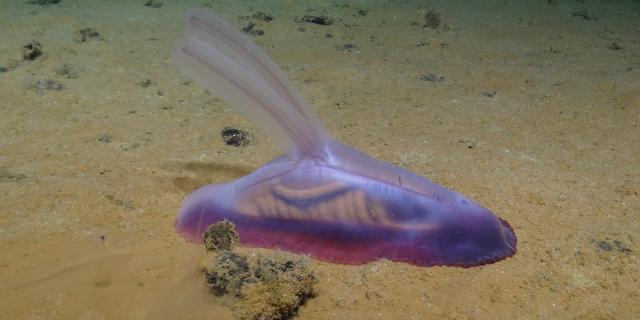
Egypt unearths tombs and workshops where humans and sacred animals were mummified in the age of the pharaohs
The workshops unearthed near Cairo are where humans and sacred animals were mummified 2,400 years ago when the pharaohs ruled Egypt.
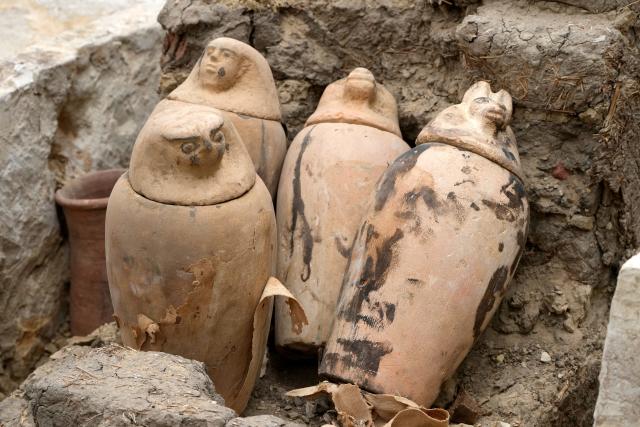
Archaeologists found ancient mummification workshops and tombs in the Saqqara necropolis.
The workshops were used to embalm humans and sacred animals to prepare them for the afterlife.
The tombs of two priests dating back to the 24th and 14th centuries BC were also found.
Archaeologists in Egypt have found ancient mummification workshops and tombs in the ancient Saqqara necropolis south of Cairo, the government said.
Researchers found stony beds where bodies were laid down for mummification, as well as clay pots used to hold organs and other ritual vessels, Egypt's Ministry of Tourism and Antiquities said.
The purpose of mummification was to keep the body intact so it could be transported to a spiritual afterlife.
The excavations also uncovered the tombs of two priests dating back to the 24th and 14th centuries BC.
The second tomb, belonging to Men Kheber from the late kingdom's 18th dynasty, was decorated with scenes showing the deceased in different positions, officials said, per Reuters.
Saqqara Necropolis, south of Egypt's capital, Cairo, is a vast ancient burial ground located at the ancient Egyptian capital Memphis and contains numerous pyramids and tombs.
The discovery was made following a year-long excavation near the sanctuary of the goddess Bastet, Reuters said.
The new discoveries were unveiled by Egypt's Ministry of Tourism and Antiquities in a high-profile press conference on Saturday.
In recent years archaeological discoveries like this have been heavily promoted by Egypt's government in order to attract tourism following the 2011 uprising and an ongoing economic crisis, AP and Reuters noted.
Scientists were delighted to discover that parrots willingly made video calls to bird friends and were less lonely as a result
Scientists taught parrots to call other birds and were delighted when the parrots started making the calls on their own and chose which birds to call.
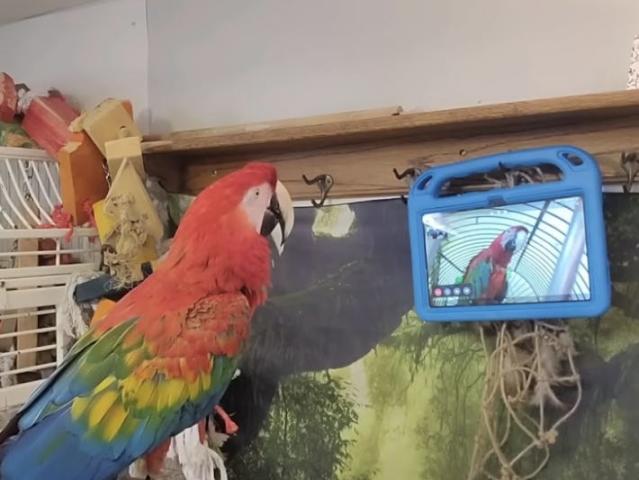
Researchers trained parrots to call certain birds. Later the parrots chose who they wanted to call.
The researchers were delighted when the parrots interacted with each other over the screen.
Scientists had to extensively train bird parents for this exercise. Not just anyone should try it.
Researchers have discovered that parrots are pretty much just like us when it comes to video chatting with friends.
The researchers also told Insider that they were delighted when the parrots on either end of the call interacted with each other by tapping the screen and doing activities together like preening. A sign the birds were bonding.
The study's results are important for the many pet parrots who live alone with their humans and thus may not get their high social needs met.
They tend to pair off within a larger flock of parrots and do most things, like feeding, preening, sleeping, traveling, and raising their young within this social group, Kleinberger and Cunha said.
So, when these birds live alone as pets with minimal social interaction, they have little outlet for many of their cognitive abilities.
Under-stimulated parrots may quickly become bored, frustrated, and lonely. In fact, Cunha said, some countries have made it illegal to keep only one parrot, due to their complex social needs.
The ability to make video calls to other parrots, then, may give birds the chance to access the socialization and species identity they have in the wild, Cunha said.
They then had a training phase where parrots learned to select another bird's photo on a tablet to start a call on Facebook Messenger — which the parrots did successfully in just a couple of weeks.
After that, parrots would ring a bell when they wanted to make a call. When their caregiver offered the tablet, they'd touch the picture of the bird they wanted to chat with.
Initially, the birds were given treats for ringing the bell and selecting a bird "friend," but after the training period, they stopped getting treats. The researchers were happily surprised by how quickly the birds picked up the method for calling one another voluntarily.
Researchers were also delighted to see the parrots engaging with the video calls by following the birds on the other side of the screen, both visually and by directly touching the tablet.
Many birds mirrored behaviors they saw their friends do, like foraging, preening, and flying.
"Throughout the study we observed a diversity of social behaviors, from preening together and sleeping together on-screen to vocalizing," Kleinberger said.
"They developed favorite parrots to call, and most parrots would engage with the system for the maximum amount of time," Hirskyj-Douglas said.
Parrots could make two calls a day, with each call lasting no more than five minutes. The researchers set this time limit for safety and ethical reasons and to minimize the time commitment for caregivers.
Kleinberger added that the sheer number of calls made by the parrots — 147 in all — seemed to support their interest and engagement with the bird on the other side of the screen.
All of the parrot caretakers involved said their bird had a positive experience with video calling, the study said.
Some caretakers said their birds reacted to their video friends the same way they'd react to real people or birds. One caretaker said their bird even called "Come back!" when the other bird walked off-screen.
All but one of the caretakers said they believed their parrot got more out of the video chat than simple enjoyment. For instance, one parrot seemed to gain confidence and began flying more. Others seemed calmer in general, the study said.
The researchers extensively trained the parrot caretakers who participated in the study, Cunha said.
Video calling itself has to be conducted in a sensitive, ethical manner, to slowly introduce the technology and make sure there are no fear reactions, Hirskyj-Douglas added.
Parrot caregivers learned, for instance, to recognize signs of stress during the video calls and offer encouragement to help reduce any fear associated with the new experience.
Caregivers would also end the call if their bird seemed uncomfortable or walked away from the calling zone, Hirskyj-Douglas said. That way, the parrots learned they could simply walk away if they didn't want to interact.
Forced socialization isn't in any parrot's best interest. The researchers released three parrots from the study in its early stages, as these birds didn't seem to like the calls at all.
But most of the parrots apparently enjoyed the experience and chose to make plenty of calls to other birds.
The study authors acknowledge the need for additional research, as this study is the first exploring video calling for parrots. That said, they believe video calling could become an important way to help isolated parrots build and maintain important connections with other members of their species — just as it does for people.
The Welshman who aimed for space but was sunk at sea
Dr J Anthony Llewellyn was one of the first two non-USA born Nasa astronauts.
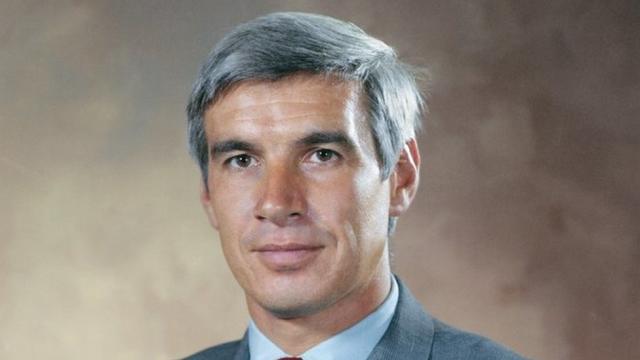
When Dr John Anthony Llewellyn applied to be an astronaut he never expected to end up living on the seafloor.
He had set his sights a little higher - at least in terms of altitude - and dreamed of going to space after replying to a notice board advert.
Nasa was expanding its space exploration plans and needed scientists.
In August 1967 the chemistry expert became one of only 11 people to be accepted.
He was one of the first two Nasa astronauts who were not USA-born. The other was his colleague Dr Phillip Chapman, an Australian.
The men were the sixth group of Nasa-appointed astronauts. They became known as the "Excess 11", as there was no mission planned for them.
When he got the job, dad-of-three Dr Llewellyn's ambition was to "make a successful flight, do some good experiments and get some good first-class science out of it".
The fact the 11 were scientists and not pilots meant the group differed from most astronauts.
So Dr Llewellyn, from Adamsdown, in Cardiff, and the others had to spend 13 months receiving jet pilot training.
But a few months into the course, at Houston's Johnson Space Centre, the former Cardiff High School pupil realised flying fast planes wasn't for him.
In August 1968, less than a year before man walked on the moon, he decided to leave the space agency.
Having attempted to reach for the stars, his next step ironically would see him opt to plumb the depths.
He had been taught to dive by oceanographer Jacques Cousteau, and during the 1960s had been Florida State University's diving course training director.
So in 1971 he began working with the National Oceanic and Atmospheric Administration (NOAA).
For the next five years he spent much of his time living and working in a big yellow pod at the bottom of the sea as part of a science and technology programme.
Anchored a mile from Grand Bahama, this was the hydrolab - NOAA's first undersea research habitat.
Inside it the scientists had everything they needed to live there for up to a fortnight. There was space for four, but only three beds, so they slept in shifts.
At the end of each stint he spent 16 hours in a decompression chamber so he didn't get the bends - caused by bubbles forming in the blood.
He was in his element, and when he wasn't dodging tiger sharks, he conducted experiments.
When he died on 2 July 2013, aged 80, Dr Llewellyn was at Florida State University, now emeritus professor of chemical and biochemical engineering.
His family were unsurprised by his eventful life.
His brother, David, recalled his older sibling had an adventurous spirit when they were children when living on Moira Street, Adamsdown.
David, who was four years junior, said: "He always came up with crazy ideas that I helped him with a little, like making a parachute out of thin sacks and jumping out of the bedroom window.
"As a teenager he became interested in motorcycles and the fun that goes with them."
In his later years, his daredevil spirit remained.
In 1992 he sailed the Atlantic from Gibraltar to Antigua, and from Miami to the Azores in 2000.
"He was the ultimate adventurer," said David.
A 'one-in-ten-million' rare white bison calf was just born in Wyoming
A rare white bison — which some communities find sacred — was born in a Wyoming State Park on Tuesday. Tourist traffic is already increasing.
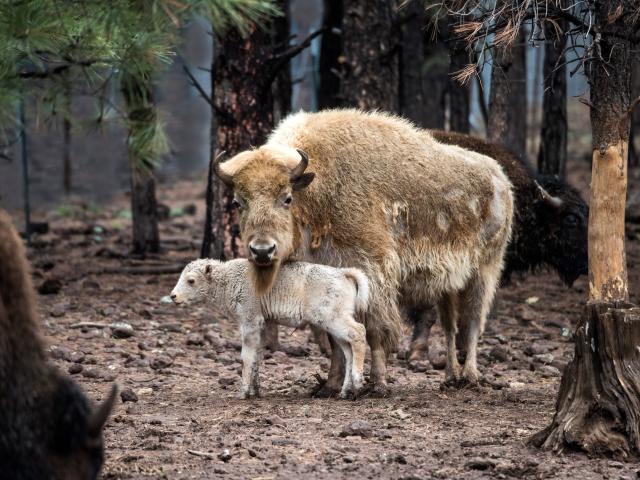
A rare "one-in-ten-billion" albino white bison was born in a Wyoming state park on Tuesday.
White bison are considered sacred to some Native Americans, according to the Native American College Fund.
Bear River Park Superintendent Tyfani Sager said that the calf is small but doing well, Cowboy State Daily reported.
Park Superintendent Tyfani Sager told the outlet the bison is small, but doing well.
Sager said the park has not determined the sex of the bison yet, and that tourist traffic has been up at the park since its birth on Tuesday.
"We're not sure if it's a bull calf or a heifer calf," Sager said, according to Cowboy State Daily. "They're real furry and it's hard to tell right off the bat."
White bison are considered sacred to the Lakota Sioux, who were starving during one summer because there was no game near them, according to the organization. Native legends say that two young men in the tribe went looking for food in the Black Hills of South Dakota, where they met a woman dressed in white who said, "return to your people and tell them I am coming," the organization said in a release.
According to the legend, the woman rolled on the ground four times before turning into a white bison herself. Bison were then plentiful for the Lakota Sioux, the legend says.
The slaughter of a white bison and its mother on a Lakota ranch in 2012 was considered an outrage by others in the community, according to the Native American College Fund.
Wyoming state parks did not immediately return Insider's request for comment on Sunday.
River Stour: Hundreds take to the water for clean river campaign
Campaigners want bathing water status for the River Stour in the hope it will get cleaned up.
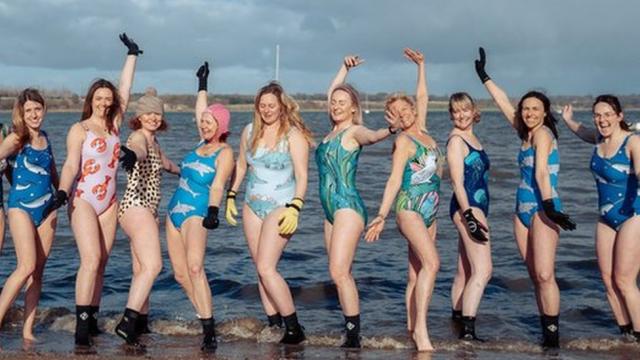
More than 350 people have taken part in a mass swim to support a campaign for bathing water status.
Wild swimmers are applying for the status for the River Stour in Manningtree, Essex, meaning water quality would be monitored.
A total of 369 took to the water on Saturday afternoon, including swimmers, children paddling and those on boats.
Helen Whitehead, who helped organise the event, said: "It goes to show how many people love and use the Stour."
"It's such a precious resource and we must keep it that way," she added.
The Department for Environment, Food and Rural Affairs considers how many people bath there, whether the site has suitable facilities and where investment would have the most impact when making its decision.
Manningtree Beach is impacted by three sewer storm overflows which spill into the Stour, but only one has been monitored by Anglian Water since last April, which recorded eight sewage spills for 15.5 hours last year.
Catherine Arnold, from the S.W.I.M team, said: "People are absolutely fed up with our waterways being polluted and they want action to stop it. We'll keep going until we know we can swim and use the river safely."
If the application is successful, the Environment Agency will take regular samples during the bathing season to give swimmers a clearer picture and to assess whether action is needed.
Anna Helm Baxter, from the campaign, said: "Bathing designation helps the public make informed decisions about where to enjoy our inland waterways safely. It will help us hold polluters to account."
More than 400 coastal locations around the UK have been given the designation, but this only includes a handful of rivers. Only 14% of rivers are considered ecologically healthy in England, according to The Rivers Trust.
Sir Bernard Jenkin, MP for Harwich and North Essex, swam during the event and said he fully supported the campaign.
"I'll take the message back to the government. I've always enjoyed wild swimming and it is everyone's right to swim in clean water.
"Rivers should be as nature intended, not used as waste receptacles for our society," he said.
An Anglian Water spokesperson previously said: "We're already working alongside community groups on several rivers in our region who are keen to apply for bathing designations, to help them monitor local water quality and understand other factors which contribute to river health."
Scientists have discovered over 5,000 new species in the Pacific Ocean, from sea cucumbers to 'gummy squirrels' — check them out
The species were found in a mineral-rich area of the Pacific Ocean floor between Hawaii and Mexico that could be targeted for deep-sea mining.
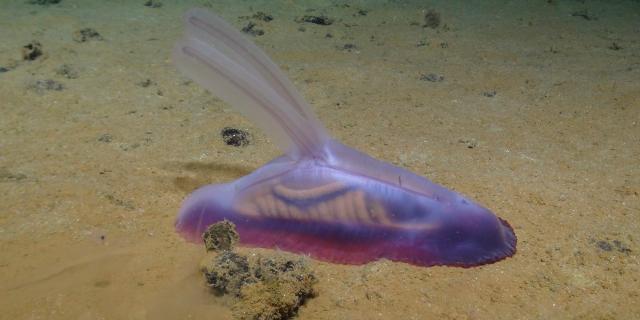
Scientists have discovered thousands of new species in an area of the Pacific Ocean.
They found 5,578 species in the Clarion-Clipperton Zone, a 1.7 million square mile region.
88% to 92% of the creatures that they discovered were "new to science," they said.
Of the 5,578 new species discovered, around 88% to 92% were "new to science," the report says.
The new species were found in the Clarion-Clipperton Zone (CCZ), an area of the ocean floor between Hawaii and Mexico that spans 1.7 million square miles. The area, which is rich in minerals, has been identified as a target zone for future mining, and scientists have set out to research the area's ecosystem before such mining begins.
According to the report, the CCZ was first explored in the 1960s, while informal lists of species were created from the late 1970s to the 1990s.
"In a way, I am surprised about how little we actually know," said Muriel Rabone, a deep-sea researcher at the Natural History Museum and the lead author of the study.
"Considering we have been visiting the CCZ since the 1960s, and it is actually the best-known abyssal region, yet we still know only 10% of species-level diversity," she added.
0 Likes
